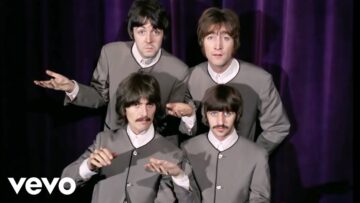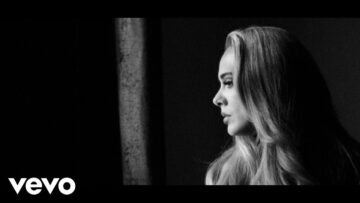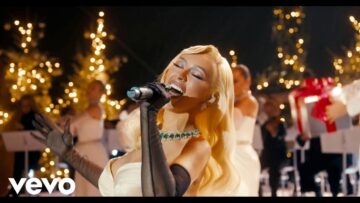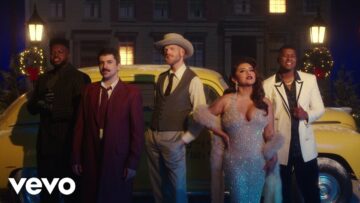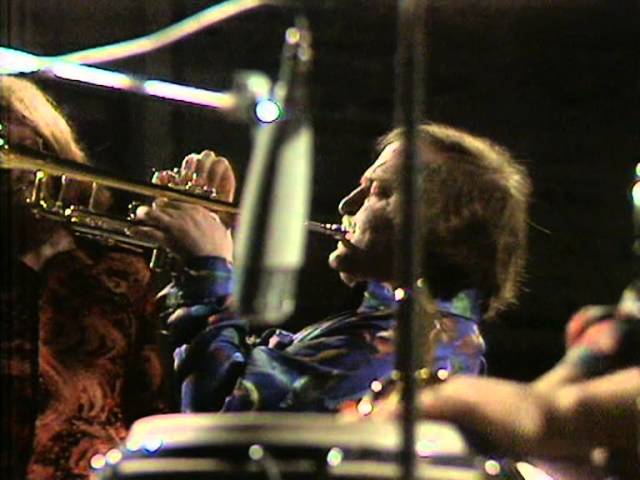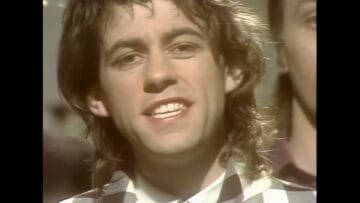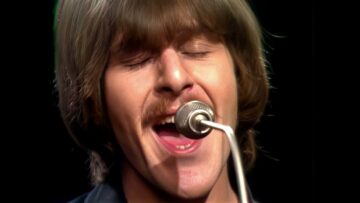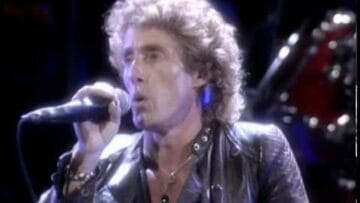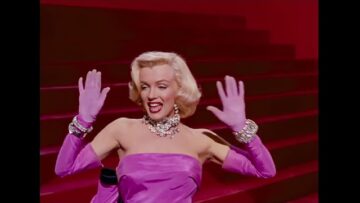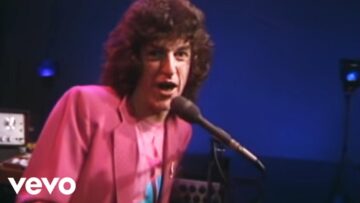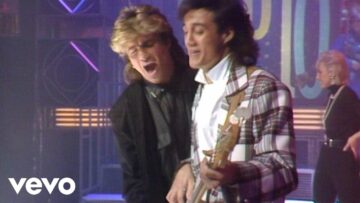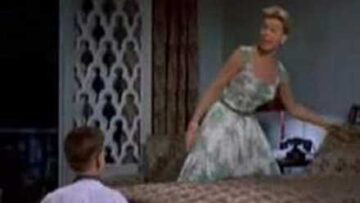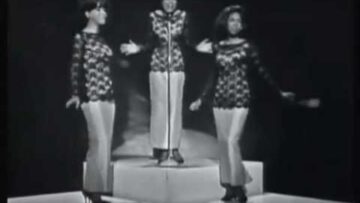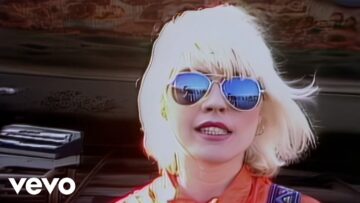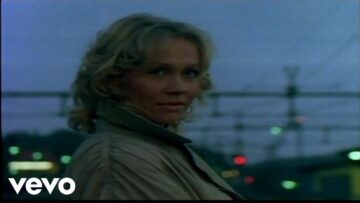Blood, Sweat & Tears – God Bless The Child
The Gospel Horn Intro That Turned Jazz Into Brass Rock
Released in December 1968 on the self-titled album Blood, Sweat & Tears, “God Bless the Child” never charted as a single but became one of the band’s most celebrated performances. The album itself spent seven non-consecutive weeks at number one on the Billboard 200 and won Album of the Year at the 12th Annual Grammy Awards in 1970, beating The Beatles’ Abbey Road. The track showcased David Clayton-Thomas’s powerhouse vocals alongside Dick Halligan’s orchestral arrangement featuring acapella horn lines that transformed Billie Holiday’s 1939 jazz standard into a salsa-spiced brass rock celebration. For a band that had just replaced founder Al Kooper and was desperately trying to prove their new lineup could succeed, this cover became the emotional centerpiece of their breakthrough record.
The album generated three consecutive number two hits on the Billboard Hot 100, with “You’ve Made Me So Very Happy,” “Spinning Wheel,” and “And When I Die” each spending 13 weeks on the chart. The record sold over four million copies and remained on the Billboard 200 for over two years. Producer James William Guercio, who would go on to produce Chicago’s early albums, steered the band toward a more pop-oriented sound than their experimental debut Child Is Father to the Man. The commercial success earned Blood, Sweat & Tears headliner status at Woodstock in August 1969, where they performed at 1:45 AM on Monday morning after Johnny Winter’s blues set. Manager Bennett Glotzer famously ordered cameras turned off during their performance, a decision that kept them largely out of the Woodstock film.
Holiday and lyricist Arthur Herzog Jr. wrote the original in 1939 after Holiday fought with her mother, who refused to lend her money despite living off Holiday’s earnings. In the heat of the argument, Holiday spat out God bless the child who’s got her own, and a jazz standard was born. Holiday recorded it three times between 1941 and 1956. Dick Halligan arranged the Blood, Sweat & Tears version, having switched from trombone to organ after Kooper’s departure. Halligan opened the track with those distinctive acapella horn lines, a gospel-influenced flourish that immediately announces this will be something different from Holiday’s world-weary original. The arrangement builds from those unaccompanied brass voices into a full rhythm section groove before Clayton-Thomas enters with his barrel-chested delivery.
James William Guercio recorded the track at Columbia’s 30th Street Studio in New York City between October 7 and 22, 1968, using one of the first Ampex MM-1000 16-track tape recorders. The new technology allowed unprecedented flexibility in overdubbing and mixing compared to the four-track and eight-track machines standard at the time. The horn section featured Lew Soloff and Chuck Winfield on trumpets, Jerry Hyman on trombone, and Fred Lipsius on alto saxophone. Steve Katz played guitar, Jim Fielder anchored bass, Bobby Colomby handled drums, and Halligan’s organ work provided the foundation. The band had debuted at Cafe Au Go-Go in June 1968 after a two-week residency that convinced Columbia executives the new lineup could work. Engineers Roy Halee and Fred Catero captured performances that balanced jazz improvisational freedom with radio-friendly accessibility.
Judy Collins had discovered Clayton-Thomas performing at an uptown New York club and told drummer Bobby Colomby about him. Colomby and guitarist Steve Katz had initially considered Alex Chilton, Stephen Stills, and Laura Nyro before deciding on the Canadian vocalist. Clive Davis, then president of Columbia Records, later described seeing Clayton-Thomas at Cafe Au Go-Go as electrifying, calling him a powerfully built singer who exuded enormous earthy confidence and seemed to jump right out at you. That raw power transformed Holiday’s intimate meditation on self-reliance into something fiercer and more defiant. Where Holiday’s versions feel like warnings delivered through cigarette smoke, Clayton-Thomas sounds like he’s preaching from a pulpit.
Diana Ross performed the song in the 1972 film Lady Sings the Blues, and the soundtrack album hit number one on the Billboard 200. The Blood, Sweat & Tears version appeared on multiple compilation albums and introduced countless listeners to Holiday’s original. The band performed it at Woodstock, though that performance was never officially released due to the camera shutdown. A decade after their Grammy triumph, Blood, Sweat & Tears’ popularity had evaporated as quickly as it arrived. They continued touring with constantly changing lineups, but the magic of that 1968-1970 period proved impossible to recapture. Clayton-Thomas returned to Canada in 1972 and continued recording solo material, releasing Say Somethin’ in 2020 at age 79.
Sometimes covers aren’t about improving the original. Sometimes they’re about proving you understand what made it special while showing what else it could be. Holiday sang about survival with quiet resignation. Blood, Sweat & Tears turned that same survival into a declaration of strength, those acapella horns announcing that even when you’ve got nothing, you’ve still got your voice and your pride. Guercio captured nine musicians working as one organism, brass and rhythm and voice locked together in a moment that felt both timeless and urgently of its era. That’s not just arrangement and production. That’s transformation, taking something precious and making it yours without diminishing what came before. Billie would have recognized the truth in it, even if she might have raised an eyebrow at the volume.



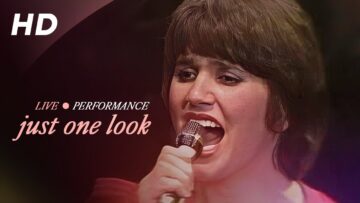
![Eddie Rabbit – I Love A Rainy Night – [Solid Gold Show]](https://musicvideosclub.com/wp-content/uploads/2025/11/eddie-rabbit-i-love-a-rainy-nigh-360x203.jpg)
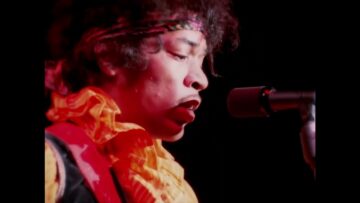

![The Score – Revolution: Lyrics [Assassins Creed: Unity]](https://musicvideosclub.com/wp-content/uploads/2025/10/the-score-revolution-lyrics-assa-360x203.jpg)


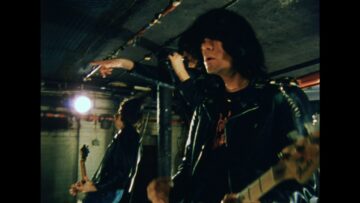







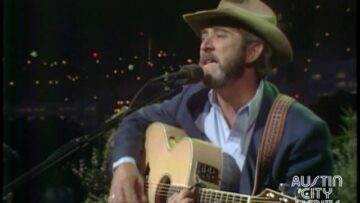
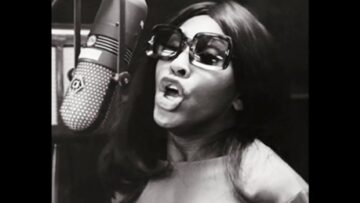

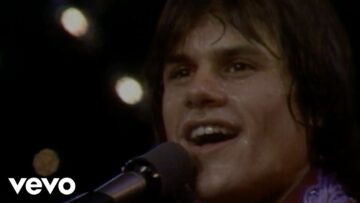
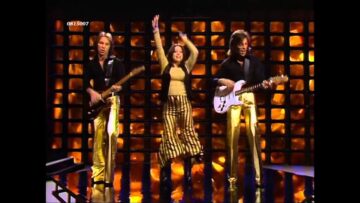


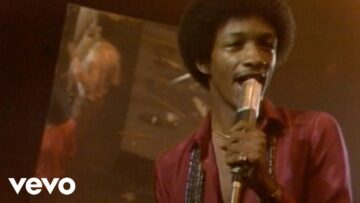

![Sister Sledge – Hes the Greatest Dancer (Official Music Video) [4K]](https://musicvideosclub.com/wp-content/uploads/2025/09/sister-sledge-hes-the-greatest-d-360x203.jpg)
